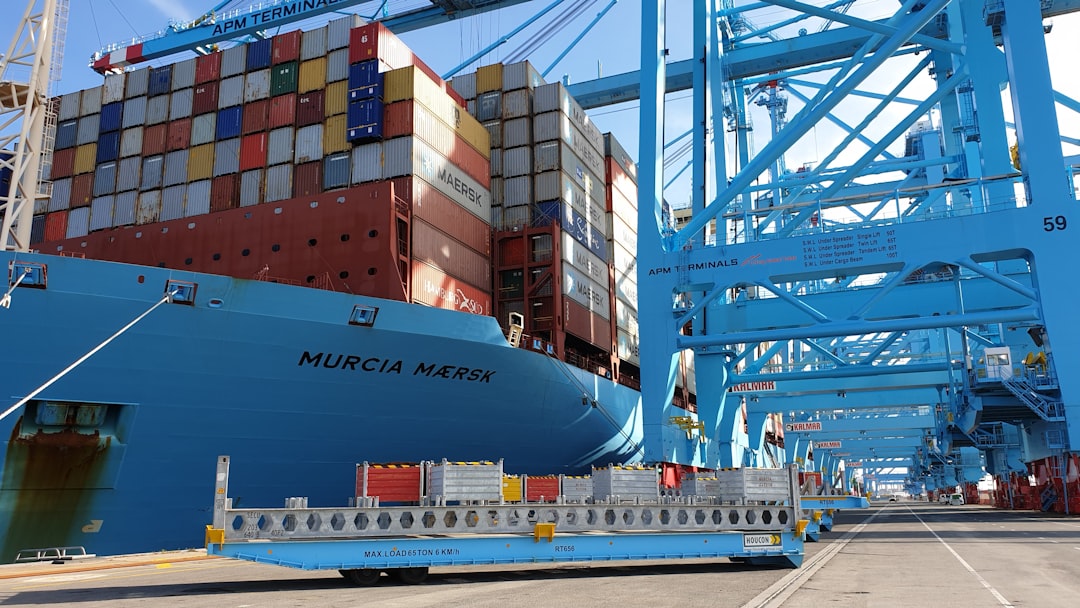In today’s interconnected world, businesses of all sizes rely on efficient and reliable logistics to navigate the complexities of global trade. This isn’t just about shipping goods; it’s about managing a complex web of relationships, processes, and technologies. Global logistics partner networks are the backbone of this system, offering a crucial advantage to companies looking to expand their reach and optimize their supply chains. This post will delve into the essential aspects of these networks, exploring their benefits and challenges.
1. The Architecture of a Global Logistics Partner Network
A global logistics partner network is more than just a collection of individual carriers and service providers. It’s a strategically designed ecosystem encompassing various partners, each specializing in specific aspects of the logistics process. This could include:
- Freight Forwarders: These companies act as intermediaries, arranging transportation and handling documentation across multiple modes of transport (sea, air, land).
- Customs Brokers: Experts in navigating import/export regulations, ensuring compliance and minimizing delays.
- Warehousing and Distribution Centers: Providing storage, inventory management, and order fulfillment services.
- Transportation Providers: Airlines, shipping lines, trucking companies, and rail operators responsible for the physical movement of goods.
- Technology Providers: Companies offering software and platforms for tracking, managing, and optimizing logistics operations (TMS, WMS).
These partners are interconnected, often through sophisticated technology platforms, to create a seamless flow of goods and information.
2. Optimizing Supply Chains Through Strategic Partnerships
The primary benefit of a global logistics partner network is its ability to optimize supply chains. By leveraging the expertise of specialized partners, businesses can:
- Reduce Costs: Negotiating better rates with carriers and streamlining processes leads to significant cost savings.
- Improve Efficiency: Automated systems and integrated workflows minimize delays and improve overall speed and reliability.
- Enhance Visibility: Real-time tracking and data analytics provide complete visibility into the supply chain, enabling proactive problem-solving.
- Increase Agility: The network’s flexibility allows businesses to quickly adapt to changing market demands and disruptions.
- Expand Reach: Access to a global network of partners enables businesses to reach new markets and customers efficiently.
A well-structured network allows for better forecasting, inventory management, and overall supply chain responsiveness.
3. Mitigating Risk and Ensuring Resilience
Global logistics inherently involves numerous risks, including geopolitical instability, natural disasters, and supply chain disruptions. A robust partner network helps mitigate these risks by:
- Diversification: Relying on multiple partners reduces dependence on any single provider, minimizing the impact of disruptions.
- Contingency Planning: Partners can collaborate to develop contingency plans for various scenarios, ensuring business continuity.
- Risk Management Expertise: Partners often have specialized expertise in risk assessment and mitigation, providing valuable insights and guidance.
- Insurance and Security: Many partners offer insurance and security solutions to protect goods during transit and storage.
- Compliance and Regulatory Expertise: Navigating complex international regulations is simplified through the expertise of customs brokers and other specialized partners.
This proactive approach to risk management is crucial for maintaining the stability and reliability of the supply chain.
4. Technology’s Role in Global Logistics Partner Networks
Technology plays a pivotal role in modern global logistics partner networks. Advanced technologies such as:
- Transportation Management Systems (TMS): Software solutions that optimize transportation planning, execution, and tracking.
- Warehouse Management Systems (WMS): Software for managing inventory, order fulfillment, and warehouse operations.
- Blockchain Technology: Enhancing transparency and security in supply chain transactions.
- Internet of Things (IoT): Real-time tracking and monitoring of goods throughout the supply chain.
- Artificial Intelligence (AI) and Machine Learning (ML): Predictive analytics for optimizing routes, forecasting demand, and improving efficiency.
These technologies improve communication, collaboration, and data visibility across the network, leading to greater efficiency and reduced costs.
5. Selecting and Managing Global Logistics Partners
Building a successful global logistics partner network requires careful planning and execution. Key considerations include:
- Partner Selection: Thoroughly vetting potential partners based on their experience, reputation, financial stability, and technological capabilities.
- Contract Negotiation: Establishing clear contracts that define responsibilities, service levels, and performance metrics.
- Performance Monitoring: Regularly monitoring partner performance against agreed-upon KPIs and addressing any issues promptly.
- Communication and Collaboration: Maintaining open communication channels and fostering strong collaborative relationships with partners.
- Continuous Improvement: Regularly reviewing and optimizing the network’s structure and processes to ensure ongoing efficiency and effectiveness.
A well-managed network requires ongoing attention and proactive management to ensure its long-term success.
In conclusion, global logistics partner networks are essential for businesses operating in the global marketplace. By leveraging the expertise and resources of specialized partners, companies can optimize their supply chains, mitigate risks, and achieve significant competitive advantages. The future of global logistics will continue to be shaped by technological advancements, requiring businesses to adapt and embrace innovation to stay ahead of the curve.
Tags: Global Logistics, Logistics Partner Network, Supply Chain Management, International Shipping, Freight Forwarding




